The Android backup system enables Android users to back up and restore data on their devices. There are several built-in ways to do this; you can use the Auto Backup for Apps, which sends your app data to Google Drive, or use the Backup by Google option, which saves your device-level data.
There are other backup options available, but that will depend on the app and model. Users who own a Galaxy phone, for example, typically back up their data to the Samsung Cloud in addition to using the methods cited above. However, not everything gets automatically saved during a backup — here’s what you should know about how it works and what might not be saved.
What typically gets backed up by the Android backup system?
When you perform a complete backup of your Android device through the Auto Backup for Apps option and Google, the following should get saved:
- App data
- A record of your call history
- Saved contact information
- Device settings, including set configurations
- A copy of your SMS and MMS messages
- Google account information and data
You can schedule backups in your Android settings. However, certain things may not be saved during the backup, or they may be interrupted, resulting in an error.
8
SMS and MMS backup limits
It’s trickier than it should be
While the default backup method can save your SMS text messages, there are still some restrictions depending on the app that you use. Typically, when using Google Messages, one of the restrictions is that backups stored on your Google Drive can expire. If you don’t verify them regularly, you may lose your old backups. The second one is that you can’t view the contents of those backups unless you directly restore them onto the same type of device. If you approach the storage limit of your backup, they won’t save.
The most significant restriction is that if you use other messaging apps, such as WhatsApp, your SMS/MMS messages won’t be saved automatically. You will need to enable the backup directly from those app settings. Meta and Google previously had a deal that WhatsApp messages didn’t count toward the 15GB of Google Drive storage limit. The deal has been over since early 2024.
If you are ever unsure about whether all your SMS and MMS are being saved, you can always resort to another backup method from a trusted app. A great one to check out is SMS Backup & Restore.
7
Specific app data
Not all app data gets saved
Keep in mind that not all apps support backups. Additionally, it doesn’t back up the entire app itself (the APK installation files) but rather the supported app data. App data can include saved settings and preferences. Some game data should also be automatically saved if you download them from the Google Play Store. Other third-party apps will require their own backup options enabled.
Also, there are some restrictions associated with app data. Every app has a limit of 25MB of data that can be backed up. Anything exceeding that means your data can’t be carried over (it doesn’t get saved). Some specific app file data won’t be carried over because the backup isn’t configured to retrieve these files. These typically include temporary files in the cache and partially downloaded files.
6
Large media files
Google Photos built-in backup feature has limitations
Typically, when you’re backing up your library from Google Photos, you will resort to the in-app backup option. Large media files can include videos and photos stored on Google Photos. However, Google Photos has a 200MB limit for photos and a 10GB limit for videos; items must also be larger than 256 x 256 pixels. The Google Photos backup feature supports the following file types and formats:
- Photos: .jpg, .heic, .heif, .png, .webp, .gif, .avif, and most RAW files
- Videos: .mpg, .mod, .mmv, .tod, .wmv, .asf, .avi, .divx, .mov, .m4v, .3gp, .3g2, .mp4, .m2t, .m2ts, .mts, and .mkv files
- 10-bit HDR videos
- Topshot (Pixel only)
- Slow-mo
- Depth videos
- Motion photos
- Live photos in the Google Photos app (used on iPhone or iPad)
If the file type and format aren’t listed, it won’t get backed up. Additionally, your Google account comes with 15GB of free storage unless you’ve purchased a Google One subscription. Without additional storage, anything exceeding 15GB won’t be saved. Moreover, if your internal storage is full, or you have a poor connection during scheduled backups, you may encounter errors that prevent the backup from completing successfully (not saving).
5
Devices on older Android versions
The Android backup system works on Android 6+
The Android backup system auto-backup feature is only supported on specific devices that must be running Android 6 or later. If you’re running a device that predates Android 6 somehow, then you won’t have the auto-backup feature enabled. If you are using an Android 5 device, you can use the Google account option to back up your data. Just note that this method is optimized for devices running Android 9 and later, so some options might not be available for backup.
4
Bluetooth pairings
The pairing process is device-specific
Unfortunately, even if the Android backup system does a decent job of saving your device settings, it doesn’t work with your Bluetooth pairings. This is because they have specific configurations for each device connected, being tied to the device’s hardware and firmware. When backing up your device, your Bluetooth pairings won’t get saved and carry over to another device. Instead, you will usually have to re-establish the Bluetooth pairing with the other device to restore it.
3
Your home screen layout and information
You won’t get an exact copy
The Android backup system can save and copy your home screen to another device; however, this process doesn’t always occur consistently (for example, the placement of your app icons might not be restored in the same order). This is partly due to launcher compatibility and widgets. The experience will also vary based on the device model and if you are also using Google backup or Samsung Cloud.
You may also encounter similar issues with widgets. The Android backup system typically doesn’t save widget settings and layouts. Instead, some apps require manual backup of the widget configurations. The Android backup system typically does not recognize widget configurations and arrangements because it considers these as component data, not user data, which is not the primary focus of the Android backup system.
If you want to ensure that your home screen layout and some widgets remain intact, consider using the backup option on a third-party launcher.
2
Work profiles and company-related data
It’s a security and privacy issue
Work profiles may contain sensitive data or company information. So, by default, you can’t back your work profile and company-related data to your personal Google account due to security and privacy reasons. Instead, the data gets managed using Android Enterprise or through your organization’s Mobile Device Management (MDM) solution (like Google Workspace).
It may still be possible to use your Google account to back up work-related data if the MDM configuration allows it. Consult with your organization to determine if this option is feasible.
1
App login information
You’ll have to re-sign into your apps
Your login credentials are (almost) never saved in a backup. The main reason for this is that it poses a security issue if it were to. Apps save login information locally or via cloud storage, which is designed to be separate from the Android backup system. When you restore and back up data onto a new device, you will see a prompt to log in to those apps again, possibly requiring account verification.
Have issues with your scheduled backups?
Even if you have content that can be backed up, the automatic saving feature may still encounter some issues. Backups will only occur if certain conditions are met. For example, you must be running Android 6 or higher and have enabled system backup, and also wait at least 24 hours since the last backup.
The device also needs to be idle and connected to a network (Wi-Fi or mobile). If one of those conditions is not met, your system might not perform a backup (or you will receive errors while it tries to sync). Aside from performing regular backups, we always recommend backing up your device using multiple secure options.


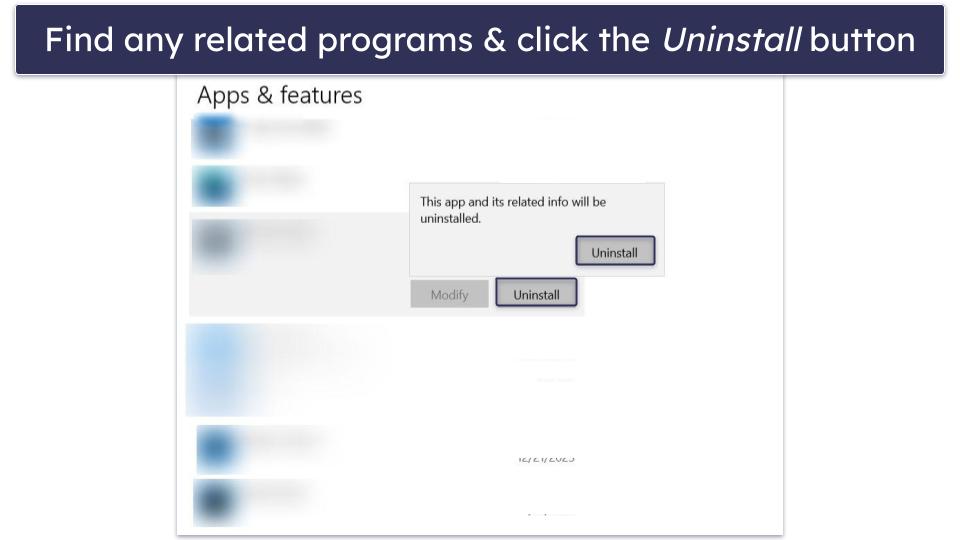
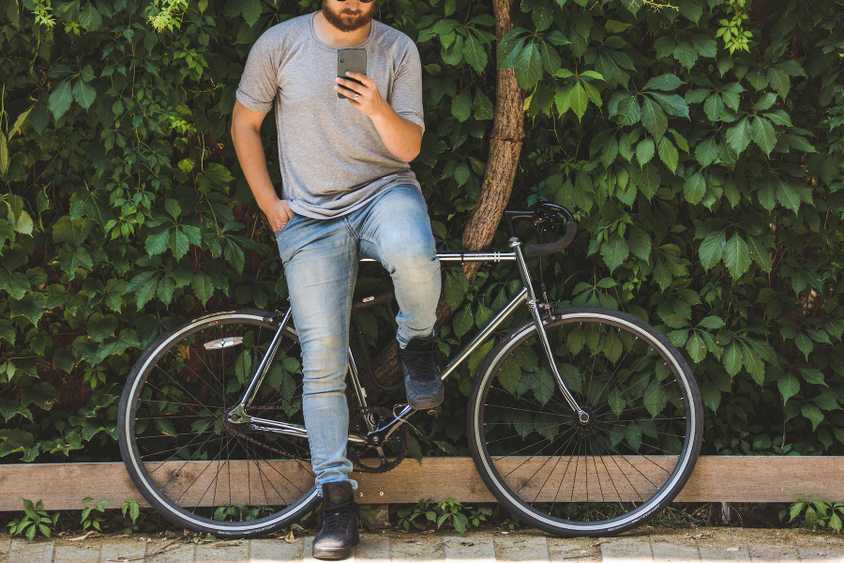
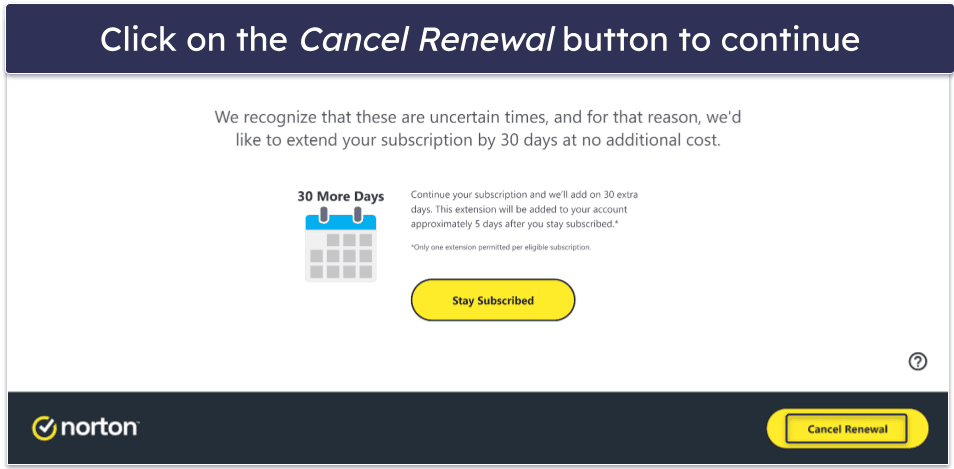
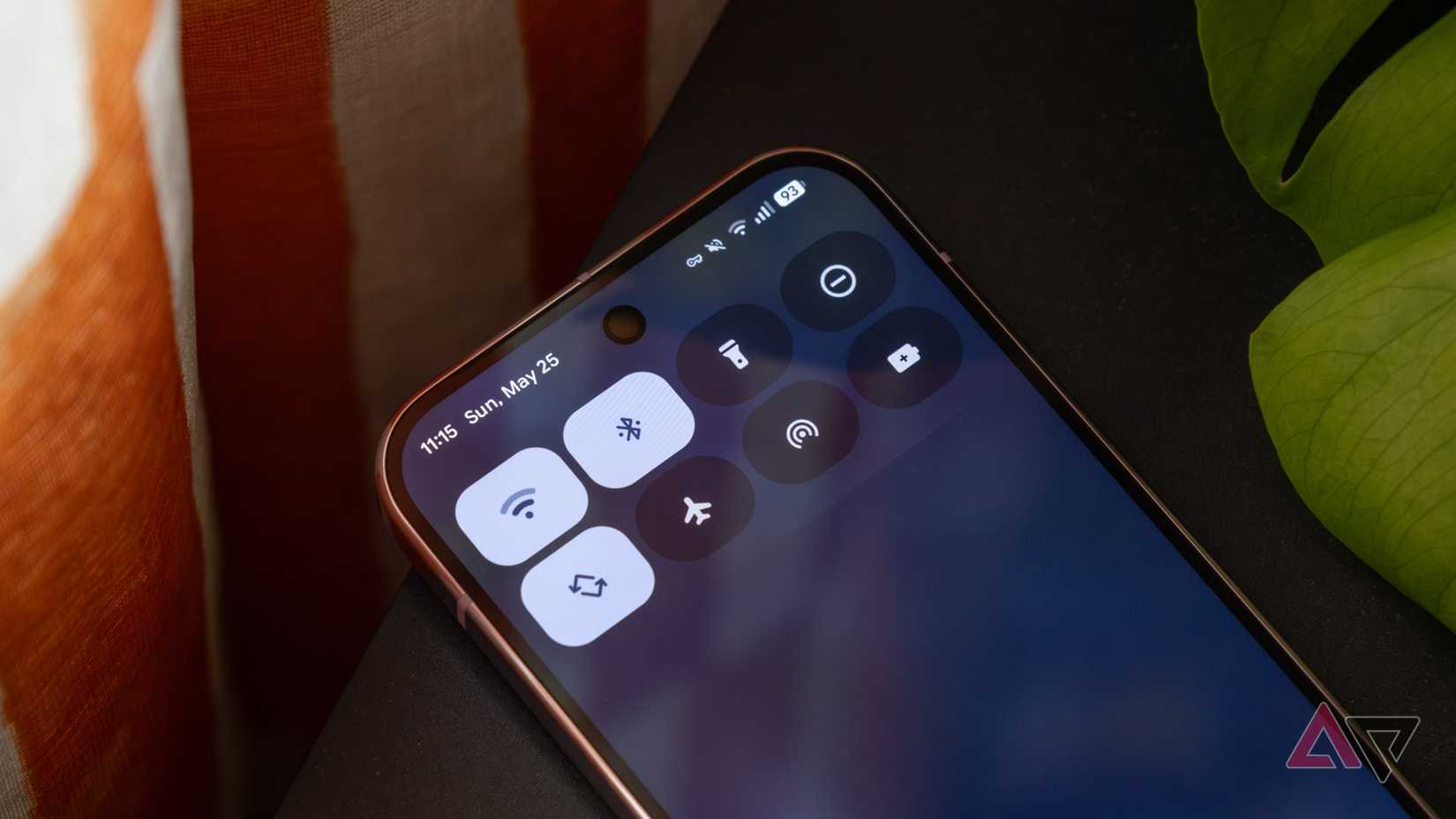
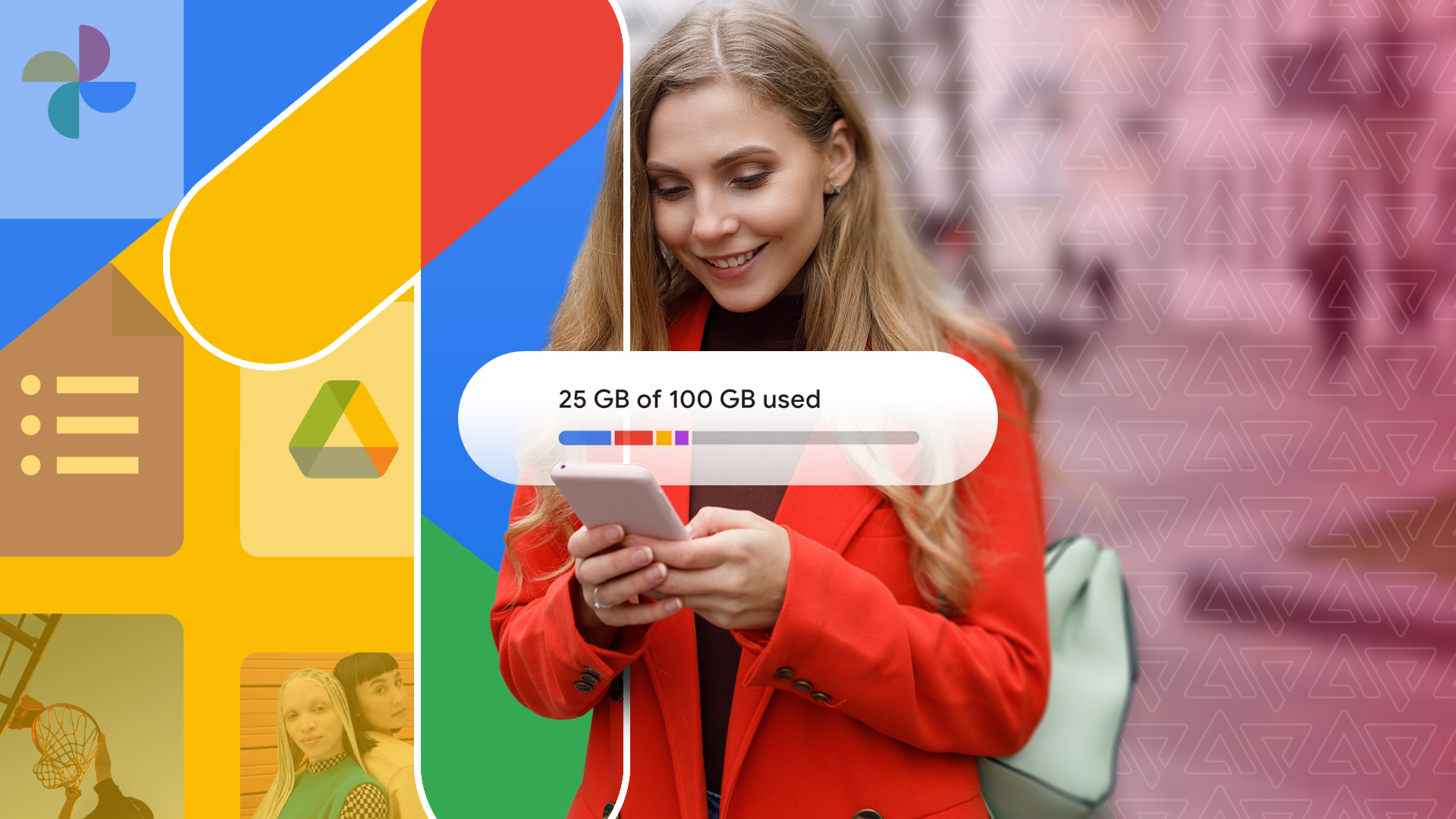
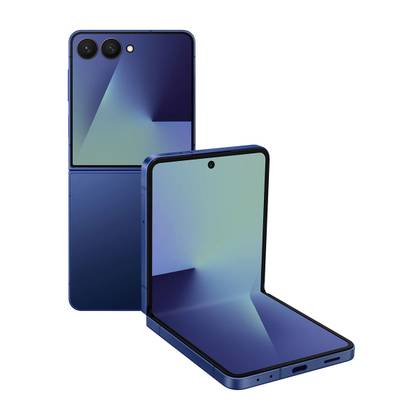
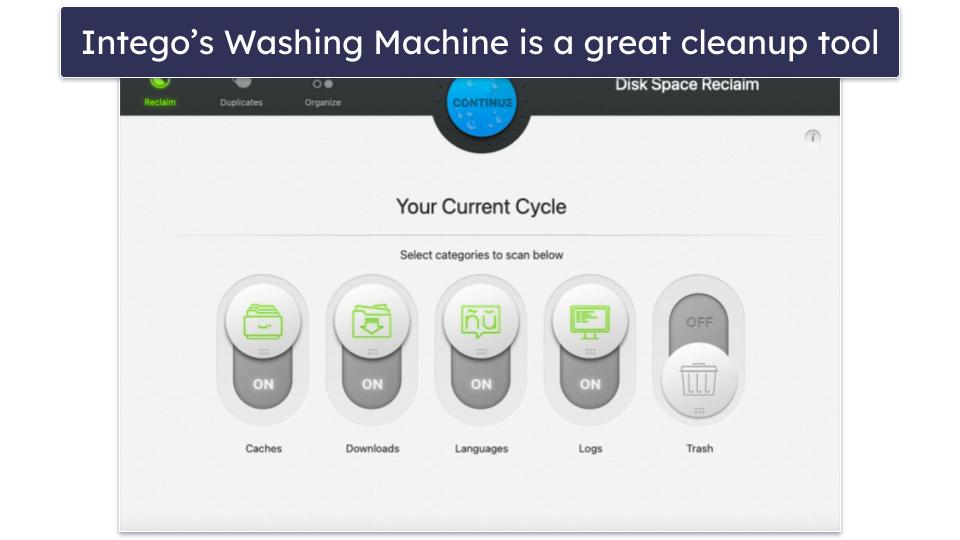
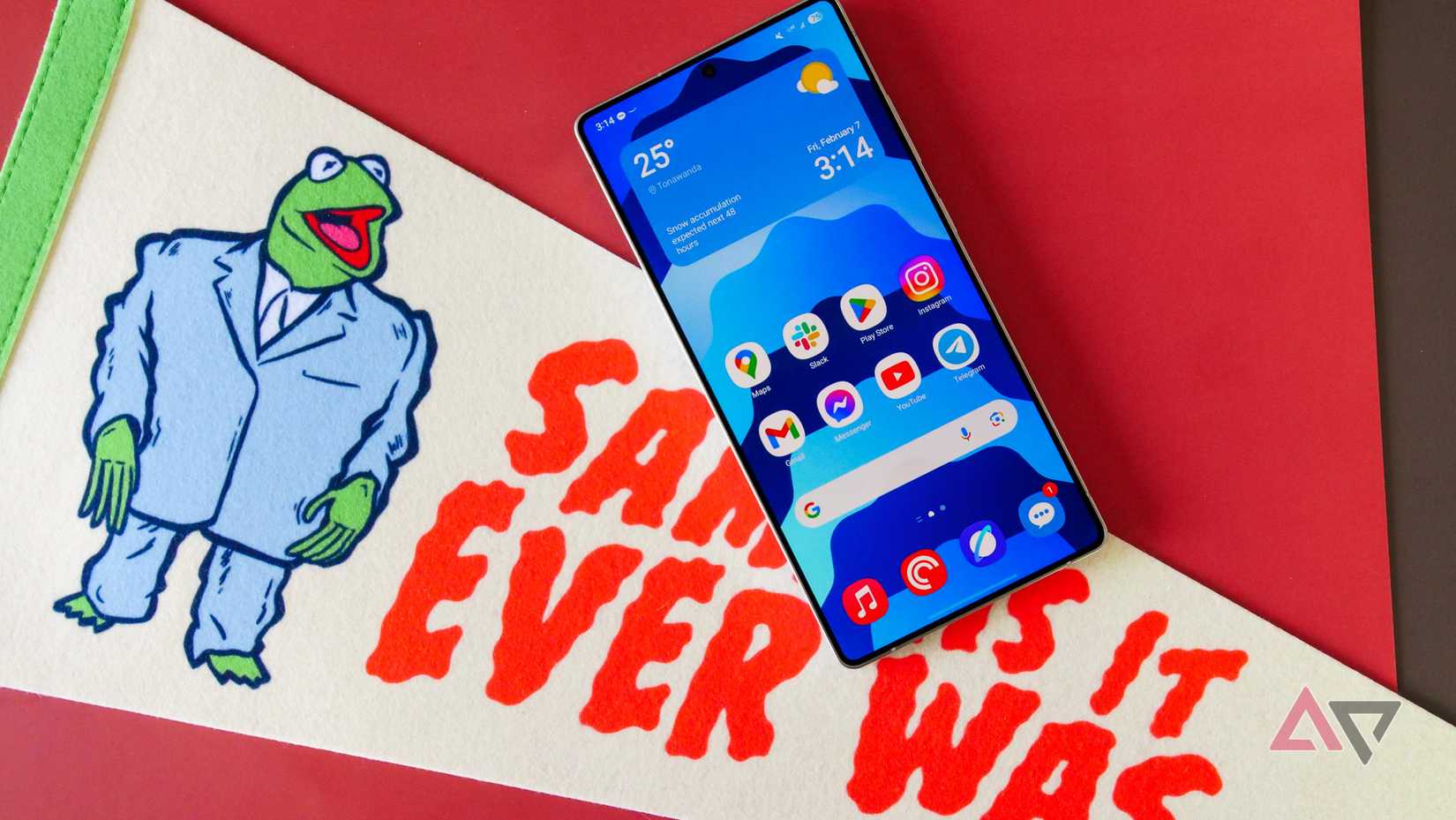
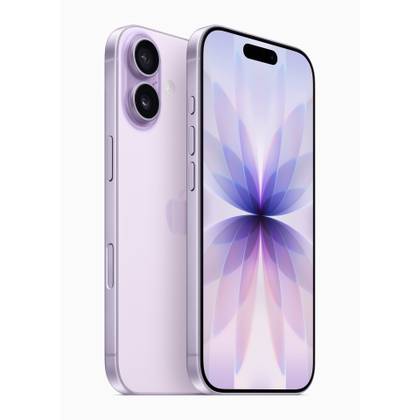
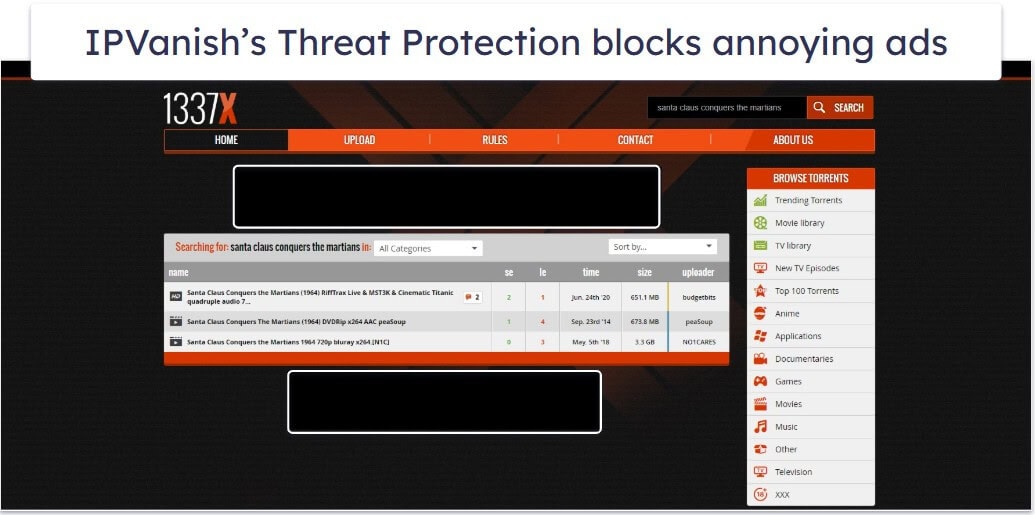
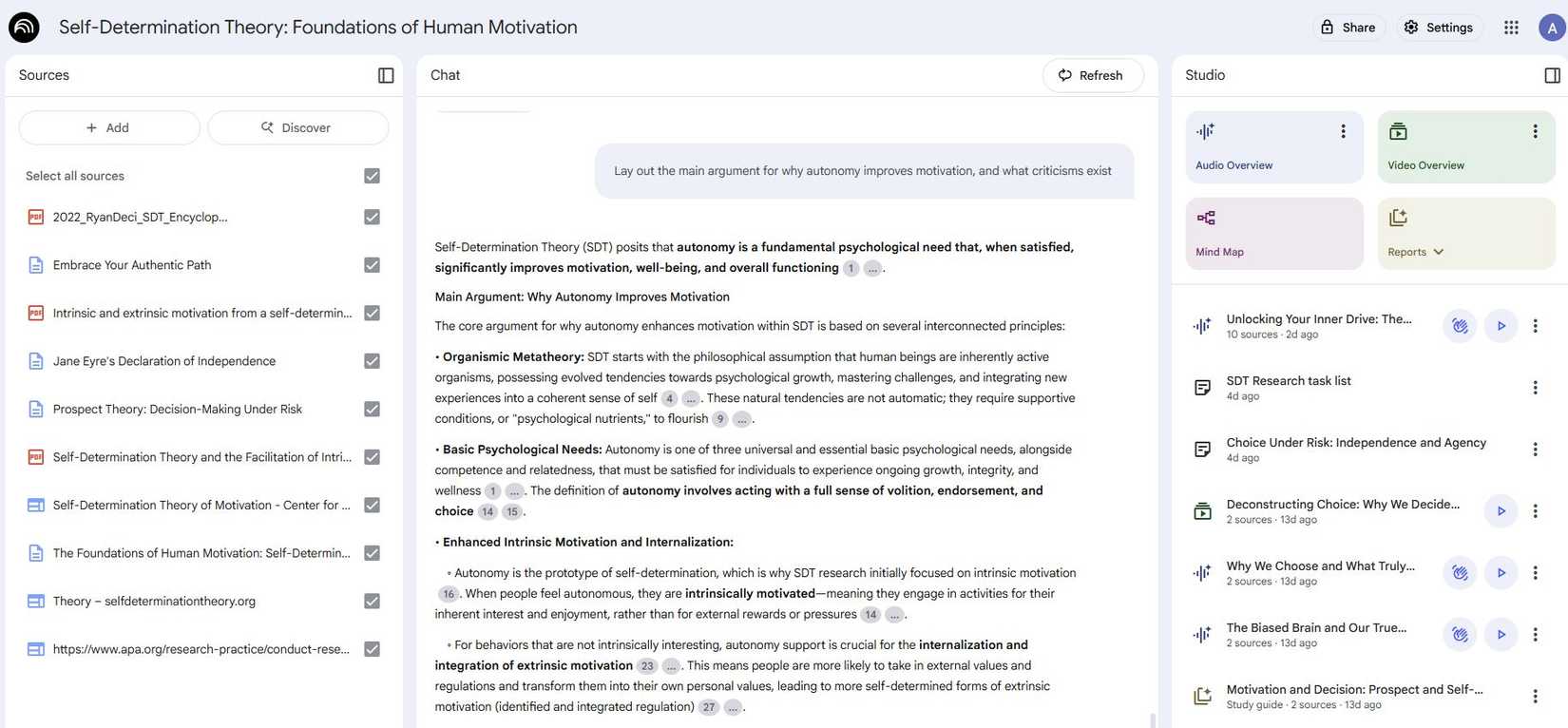
… [Trackback]
[…] Read More on that Topic: geeksforgeeks.org/8-things-your-android-backup-system-might-not-be-automatically-saving/ […]